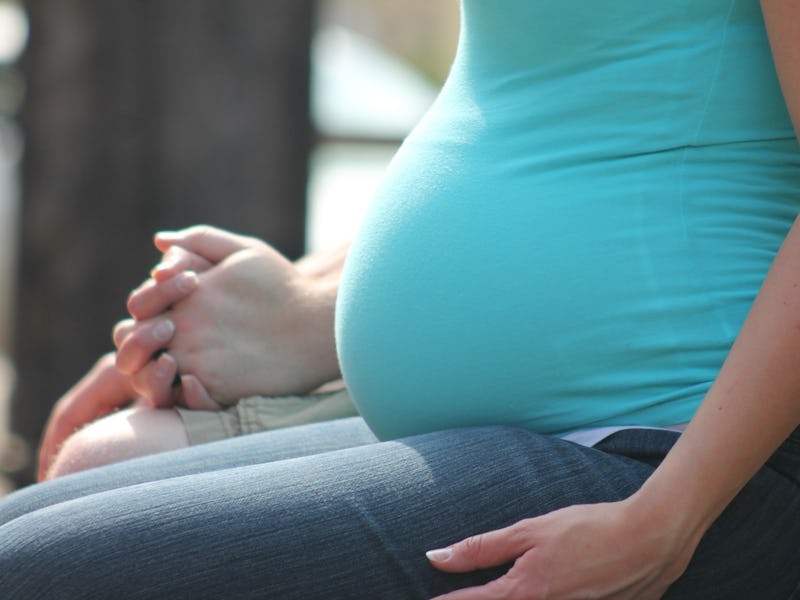Here's Why the First American Uterus Transplant Might Have Failed
In the highly experimental procedure, the risk of patients rejecting their transplanted organs is great.

The long-awaited outcome of the country’s first uterus transplant has turned up negative.
The recipient of the uterus, a 26-year-old woman known only as Lindsey, said only that she lost the uterus because of “complications,” and physicians were forced to remove it surgically only six days after it had been implanted.
While the procedure was always known to be risky — and any resulting pregnancies even more so — the failure represents an abrupt reality check: Uterine transplants, though fairly simple in theory, are really, really hard to carry out.
Since the Cleveland Clinic announced its plans to attempt the country’s first round of womb transplants on ten patients in November 2015, infertile women nationwide have been holding their breath.
The experimental procedures didn’t have an especially high success rate — a round of Swedish trials ultimately resulted in five pregnancies out of nine transplants — but the promise of restoring fertility to an estimated 50,000 American women, with either damaged or missing wombs, was too great not to attempt.
The Cleveland Clinic hasn’t divulged what might have caused the complications, though with any transplant, the major issue is always a matter of the host rejecting the organ. Preventative measures, like starting patients on rounds of anti-rejection drugs before the transplant actually happens, are taken, but they are not guaranteed to work. Of course, the organ itself plays a role; Lindsey’s transplanted uterus, sourced by the United Network for Organ Sharing, came from a woman in her 30s who had died suddenly, whereas the Swedish trials used organs from living donors.
Undeterred by its initial failure, the Cleveland Clinic has said that the study will continue with its other nine patients.